Sweltering Stadiums at the 2025 FIFA Club World Cup: A Rising Concern
This year’s FIFA Club World Cup 2025, hosted in the United States, is marked by extreme heat events, with pitch temperatures exceeding 100°F (38°C) in cities such as Florida, New Jersey, Tennessee, and Washington, DC. Players and fans alike experienced signs of heat stress, prompting widespread media coverage and public concern.
- The Guardian (2025) reported that multiple players requested extra hydration breaks during matches.
- BBC Sport noted complaints about “dangerously hot turf conditions.
- ESPN highlighted a surge in medical interventions for fans due to heat-related symptoms.
These headlines underscore a critical issue: Professional Sports Must Adapt to Extreme Heat!

The Science of Heat Stress in Athletes and Fans
Heat stress occurs when the body absorbs more heat than it can dissipate, leading to fatigue, dehydration, and potentially heatstroke (CDC, 2023). Athletes are particularly at risk due to sustained physical exertion, but spectators in packed, sun-exposed stadiums can also face significant danger (WMO, 2023). Key physiological impacts include:
- Elevated core body temperature
- Impaired neuromuscular function
-
Increased risk of cardiac events
Even a 2°F (1°C) increase in core temperature can reduce athletic performance by up to 10% (Casa et al., 2010, Journal of Athletic Training).

Krazy Kool Tech: A Cooling Revolution for Modern Sports
To address this growing issue, Krazy Kool Tech has developed a scientifically-backed cold therapy system that cools the body exactly where it counts:
Cold therapy that boosts and supports the body’s natural heat exchange zones (cooling system) by targeting major arteries and veins near the skin surface, neck, chest, underarms, back, groin, and upper thighs to safely and effectively stabilize core body temperatures.
Advanced Cold Therapy System (super cold refrigerant, phase change material, cooling gel, reflective thermal outer layer), Continuous Cold Therapy Ratings: 4-6 hours
Cutting Edge-Technology: Ambient and Radiant Cold Therapy Technology; UV Heat Block Technology; Hyper-Evaporative Cooling Technology
Innovative Materials: Hyper-Evaporative, heat-resistant, wearable, comfortable, and hyper-allergenic.
"ON THE GO, ALL-DAY" HEAT SOLUTION: HEAT RELIEF, PREVENTION AND PROTECTION. A Portable, versatile, and indispensable system suitable for athletes, coaches, and fans can be taken anywhere and is available anytime.
This targeted cooling approach aligns with recommendations by the National Athletic Trainers' Association (NATA) for pre-cooling and in-event cooling to prevent heat illness (NATA Position Statement, 2015).
Backed by Science, Trusted by Athletes
- Our technology supports:
- Faster body core temperature reduction
- Reduced risk of heat exhaustion
-
Better athletic endurance in hot environments
According to studies published in Temperature: Multidisciplinary Biomedical Journal (2019), applying cold packs to the neck and upper torso can reduce thermal strain and enhance comfort in hot settings.
A Safer Future for Global Events
As the climate warms, future World Cups, Olympics, and outdoor tournaments must consider environmental safety.
Krazy Kool Tech is proud to be part of that solution—combining thermal science, wearable innovation, and a passion for safety.
Take the Heat Out of Game Day
Whether you're coaching on the sidelines, sprinting for a goal, or watching from the top row—Krazy Kool Tech helps you stay cool, focused, and protected. Explore Our Products: https://krazykooltech.com/collections/krazy-kool-tech-systems
References
-
FIFA.com. (2025). Heat Concerns at Club World Cup Raise Eyebrows Among Players and Coaches.
The Guardian. (2025). Temperatures Push Limits at FIFA 2025 Matches.
-
BBC Sport. (2025). Hydration Breaks Increase Amid Record Heat.
-
CDC. (2023). Heat-Related Illnesses. https://www.cdc.gov/disasters/extremeheat/
-
Casa, D.J., et al. (2010). Prevention of Sudden Death in Sports. Journal of Athletic Training, 45(5), 546–561.
-
WMO. (2023). Climate and Health: Heat and Sports. https://public.wmo.int
-
National Athletic Trainers' Association (NATA). (2015). Position Statement: Exertional Heat Illnesses.
- Bongers, C.C., et al. (2019). Cooling Interventions for Athletes: Neck and Torso Are Key. Temperature: Multidisciplinary Biomedical Journal.

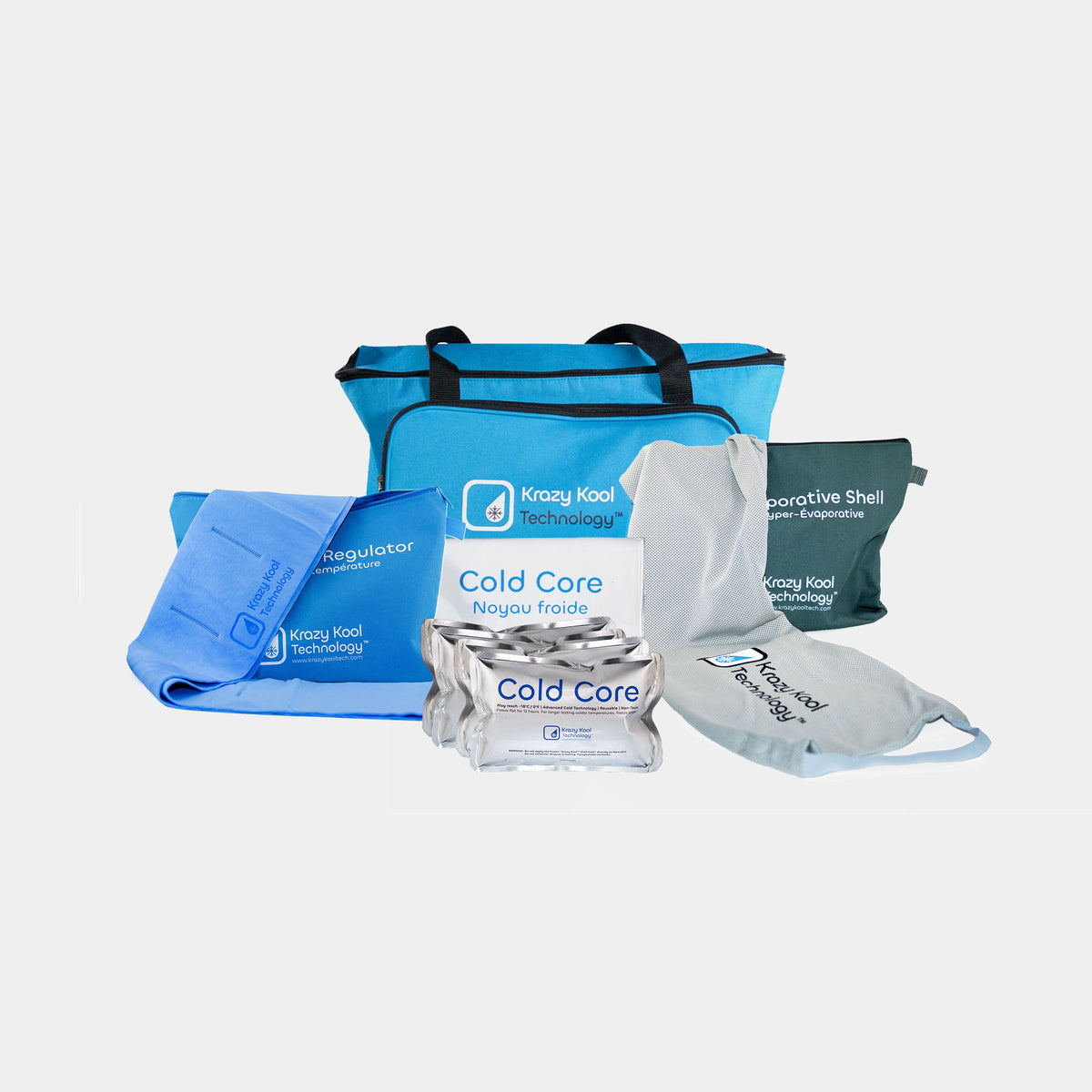
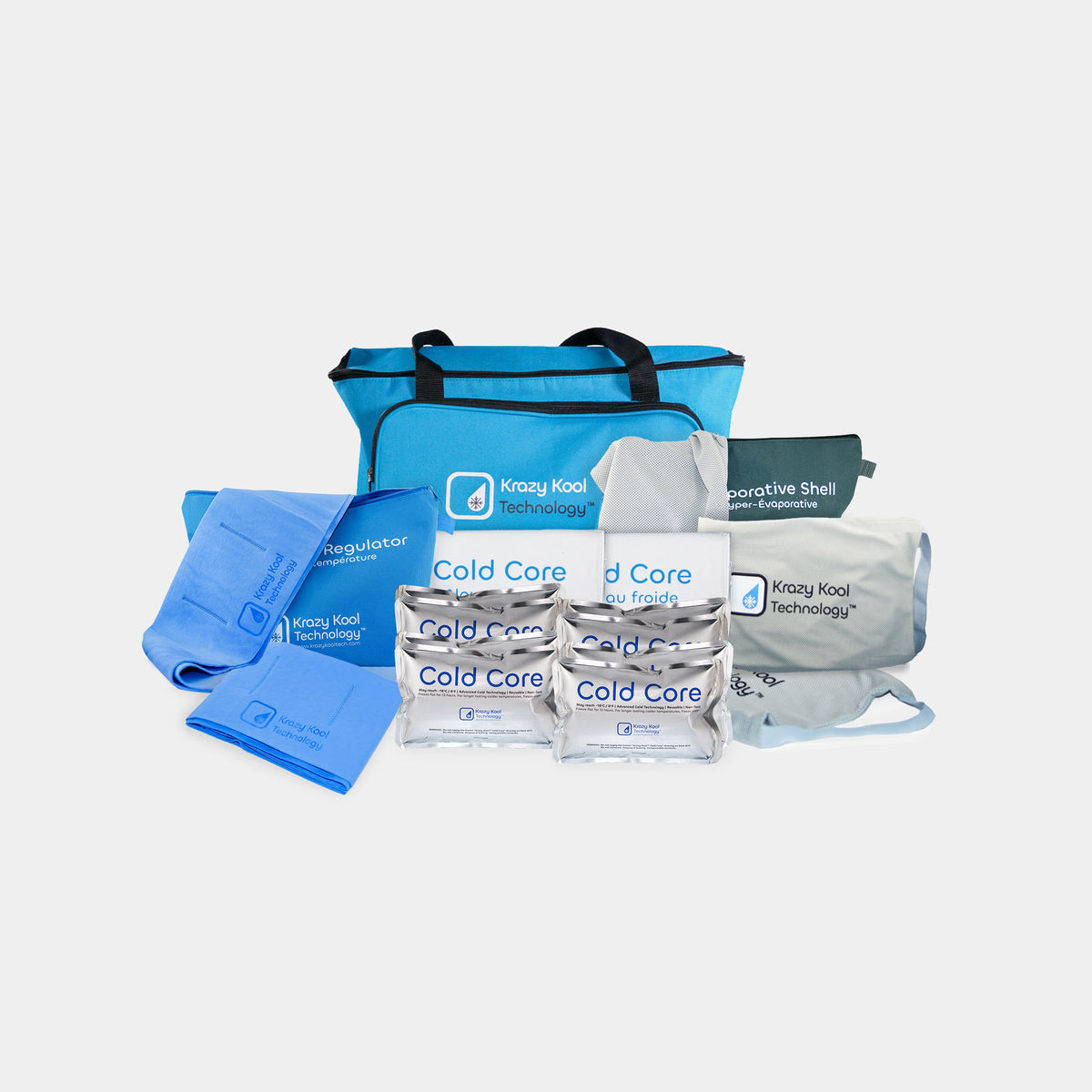
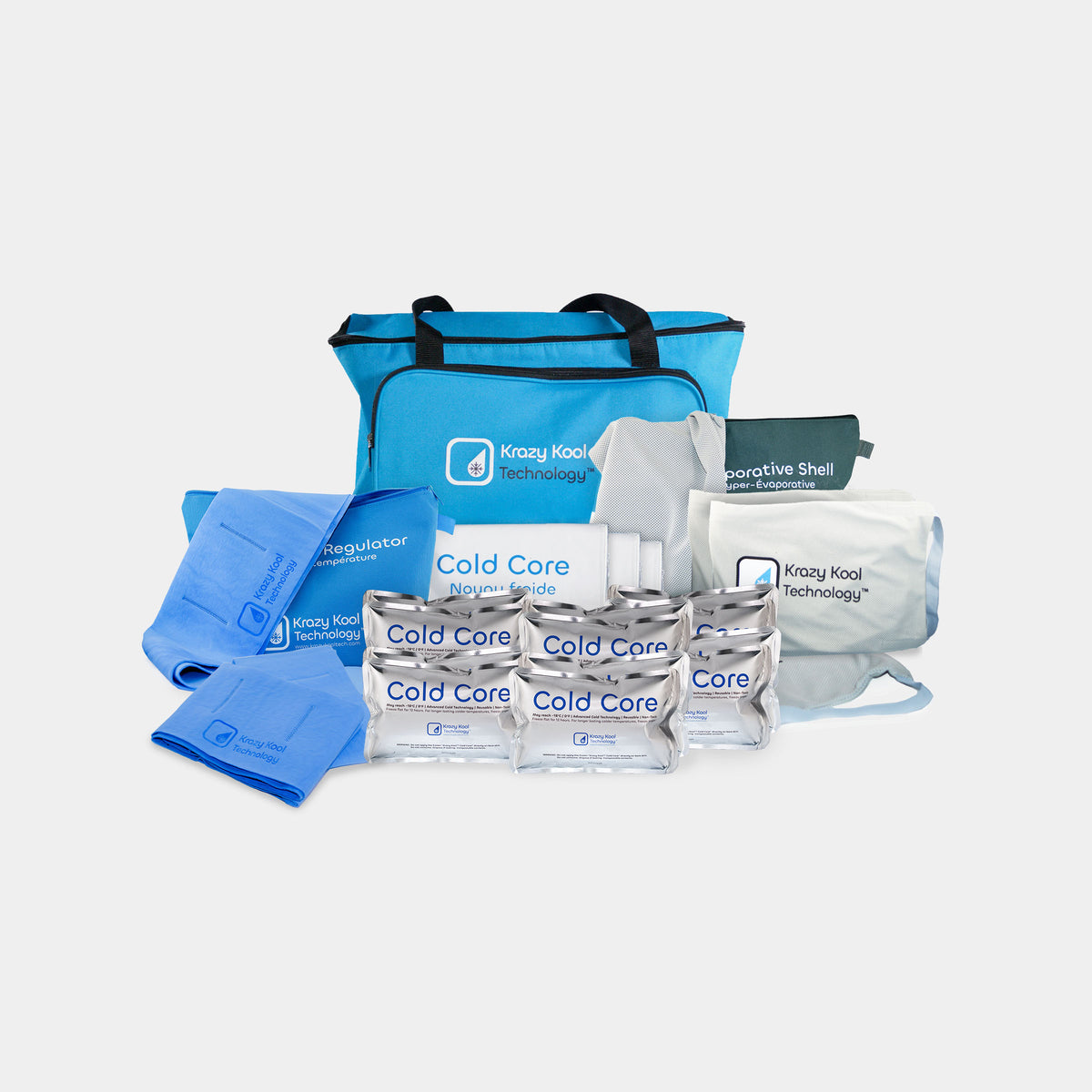

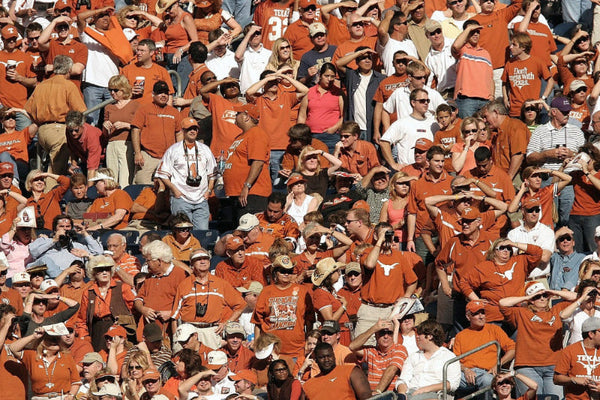
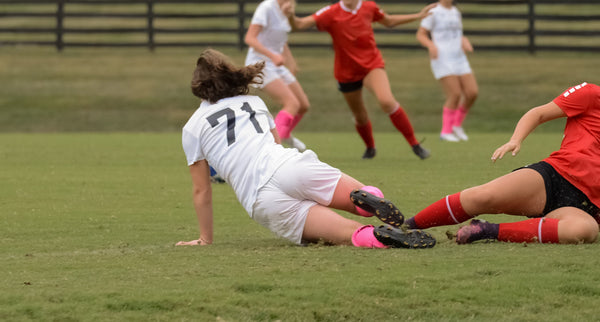
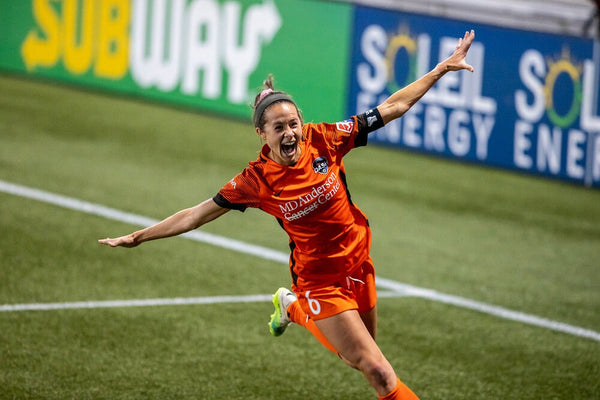
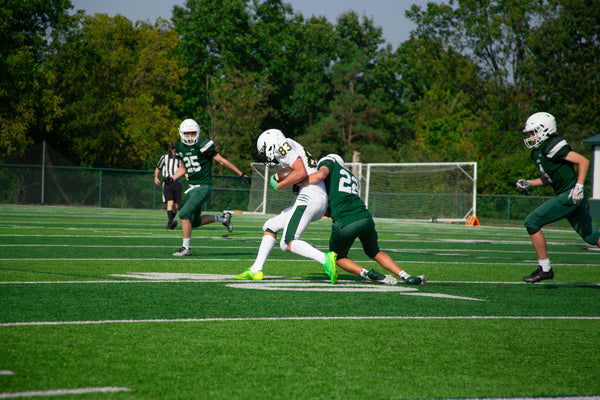

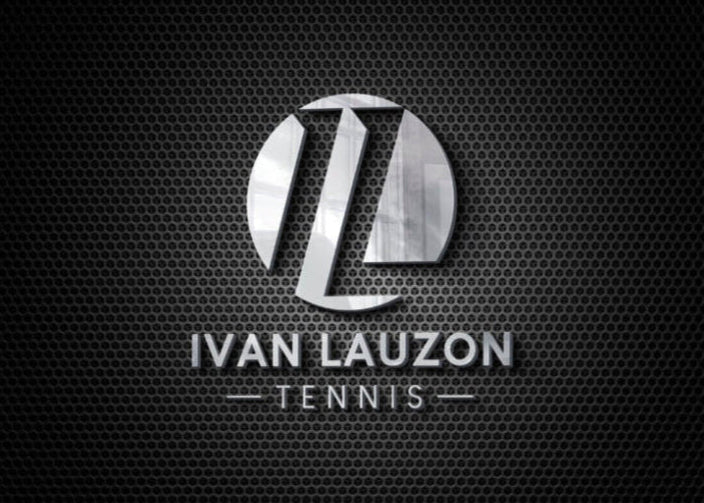

0 comments